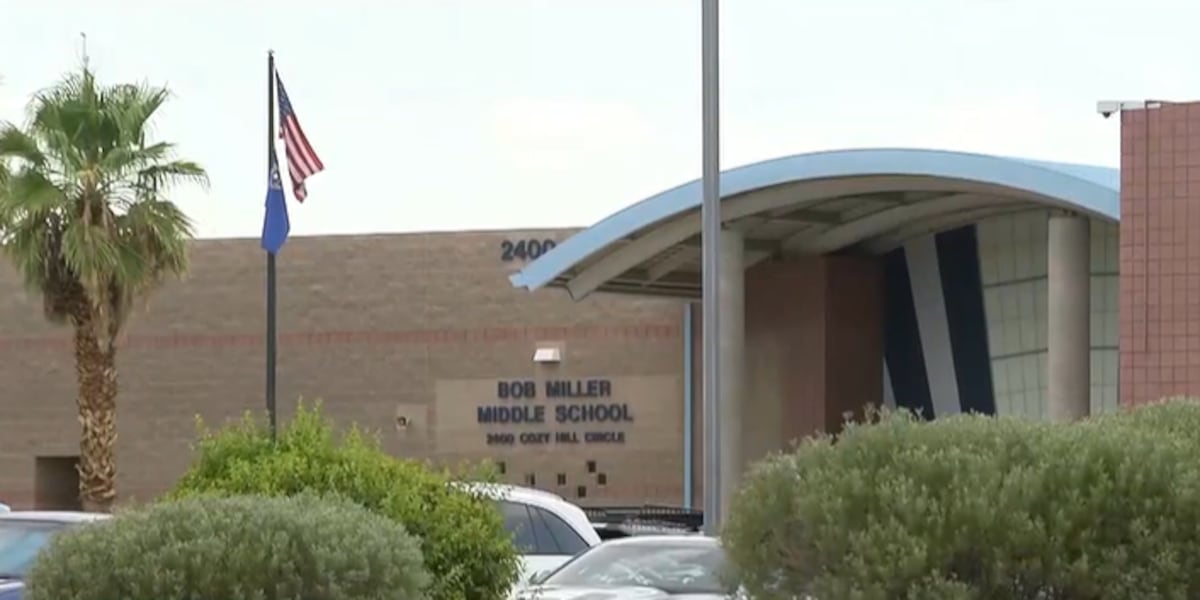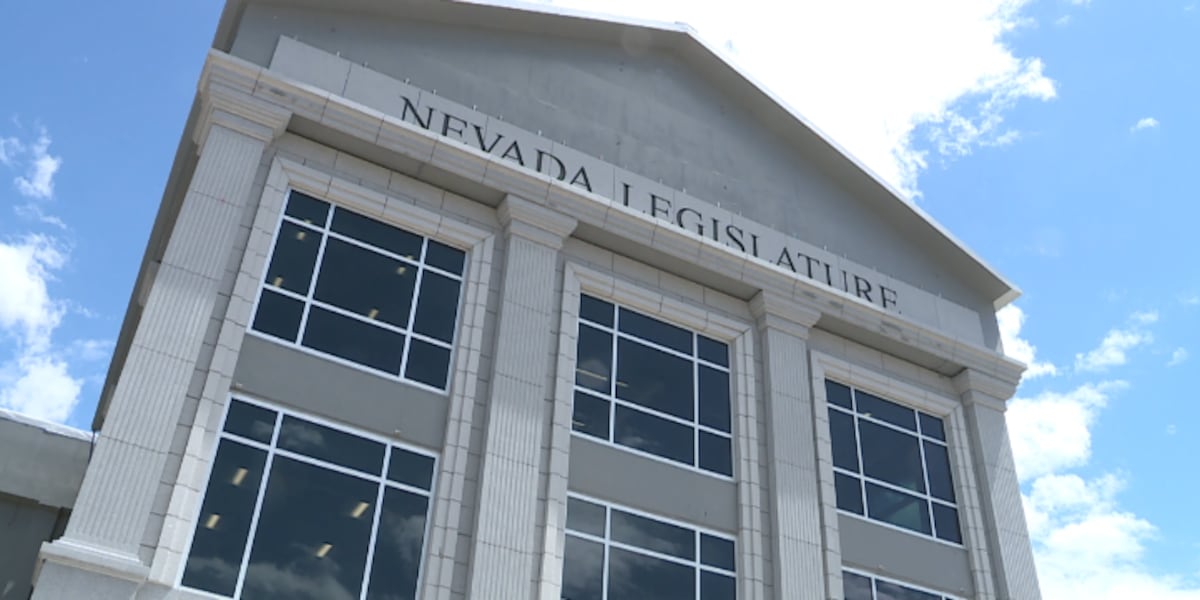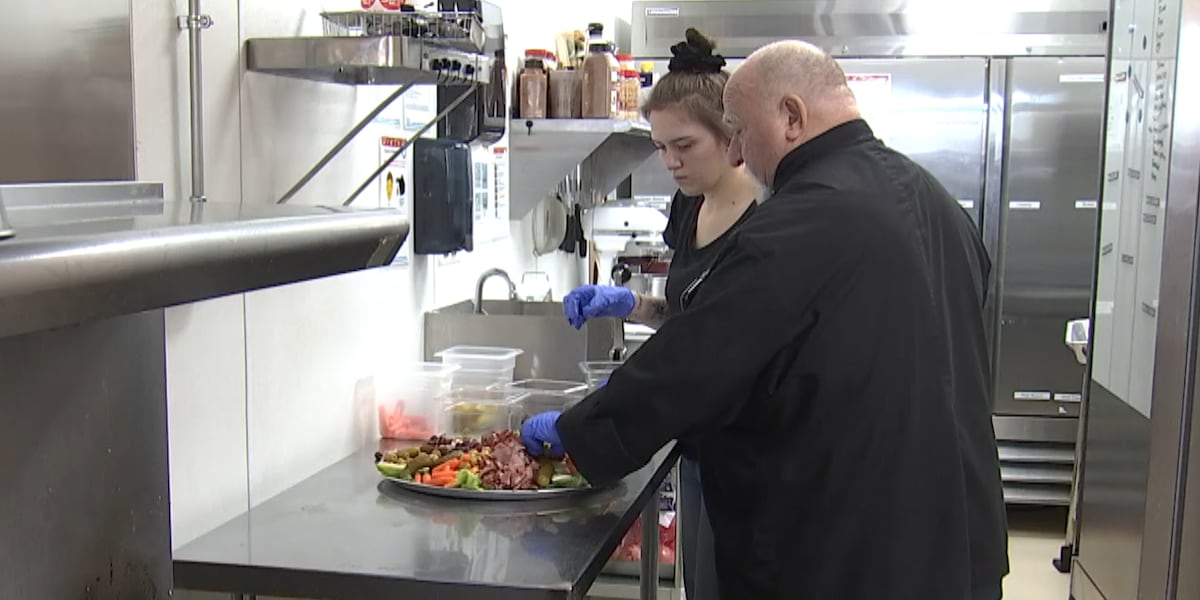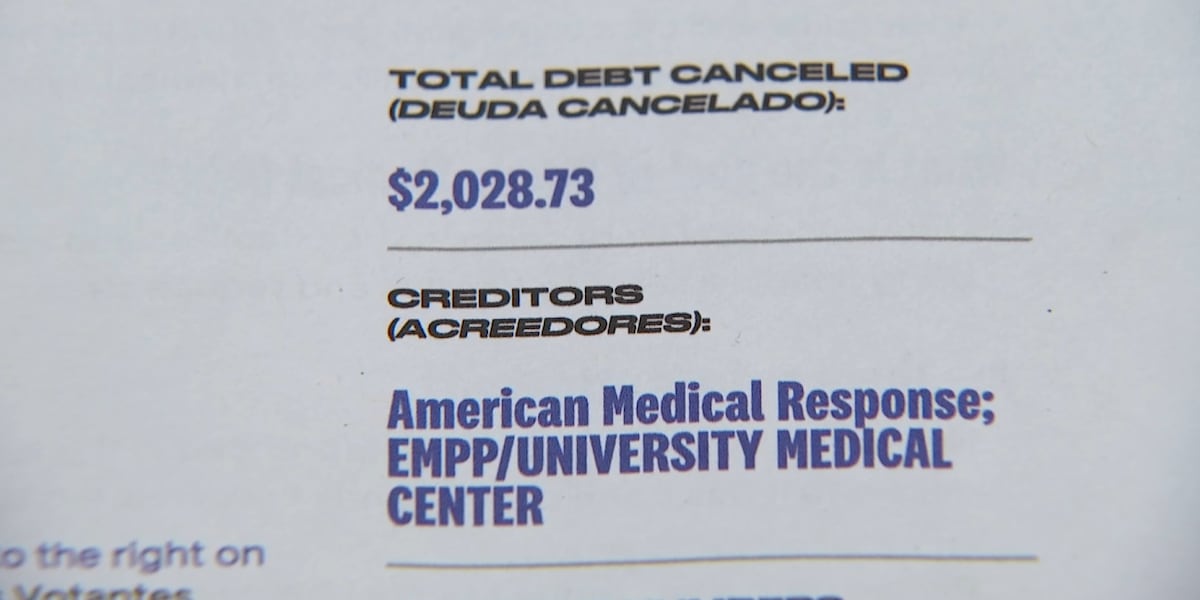
LAS VEGAS, Nev. (FOX5) – Several CCSD schools have experienced air conditioning problems again this year.
Bob Miller Middle School is one of the many. Science teacher Jeffrey Caldwell says he’s put fans in his classroom to try and keep things cool when air conditioning is out. He says air conditioning has been out around four times since the year started.
He showed FOX5 a photo of a temperature reading from his classroom last Tuesday. He says a fellow teacher let him use her temperature gauge.
“Her room has been over 90 before. Tuesday morning hers was 89.5 and mine was 86.5, is what the reading was at 7:30 in the morning when we got here,” said Caldwell.
He says it’s tough for kids to focus when classrooms get warm. The school principal tried to get things fixed this summer prior to classes starting. He says air conditioning is typically fixed within a couple hours when it’s out.
He says last year, on a couple occasions, air was out for several hours during the day.
“We have 1500 hundred students here. That’s a lot of students. If it keeps going out like this, what’s the game plan? If it goes out and they can’t fix it, are they going to move 1500 students somewhere else where the AC works,” said Caldwell.
Last week the Southern Nevada Health District pointed FOX5 to Nevada Administration Code that indicates district or schools, including private and charter, are required to notify the health district if classroom temperatures go over 85 degrees. FOX5 asked CCSD if it can confirm classroom temperatures at Bob Miller over 85 degrees. And if so, has it reported that to SNHD. The CCSD Media Relations Department responded to FOX5 but did not answer the specific questions regarding Bob Miller.
The Medial Relations Department did say the past summer was the warmest on record. It also said increased humidity also contributed to “systems working extra hard to achieve the same level of cooling.”
It added, “Through the 2015 Capital Improvement Program (CIP), the District is replacing and modernizing dozens of aging campuses with HVAC systems with often critical components past their useful life expectancy.”
Copyright 2024 KVVU. All rights reserved.




